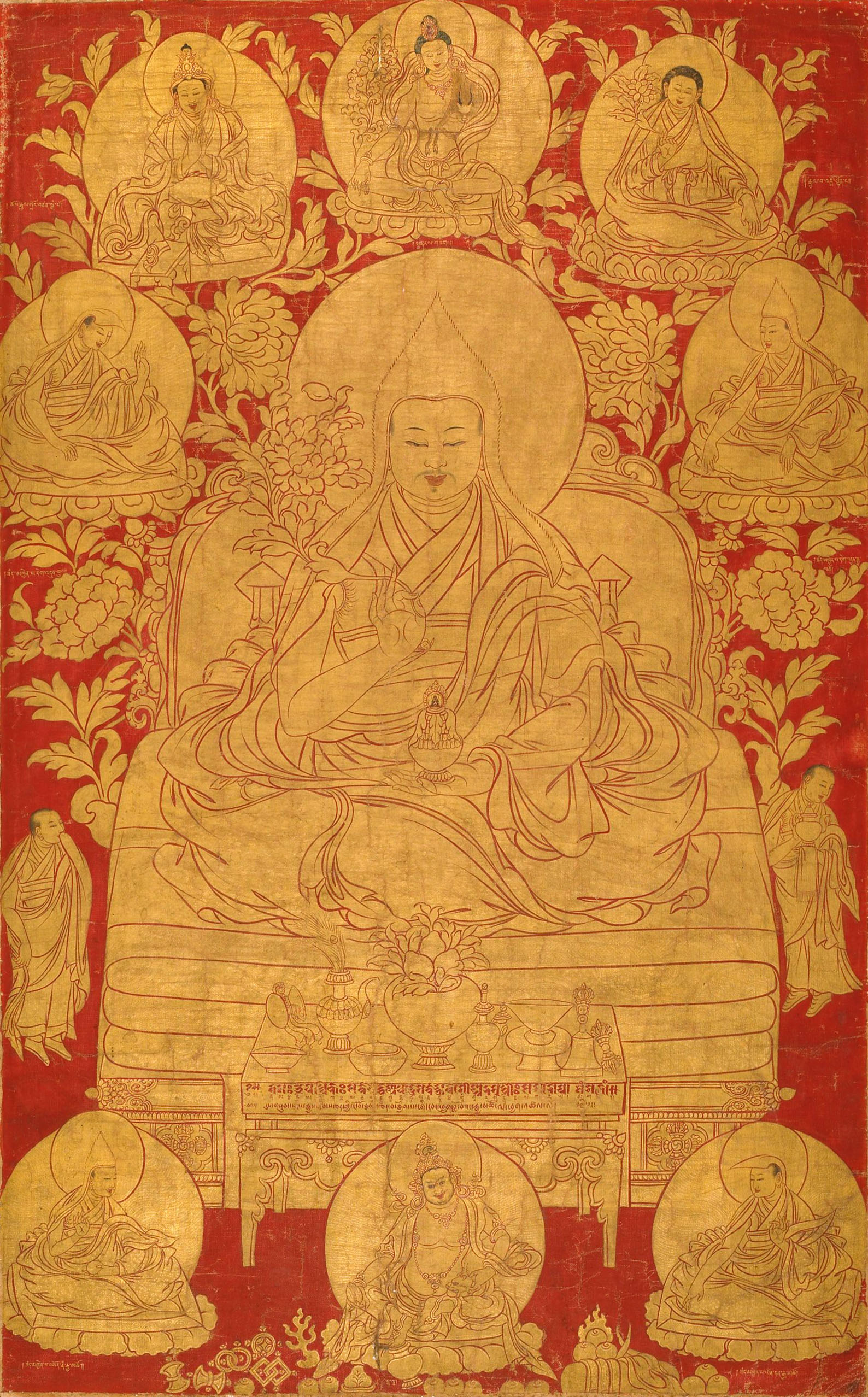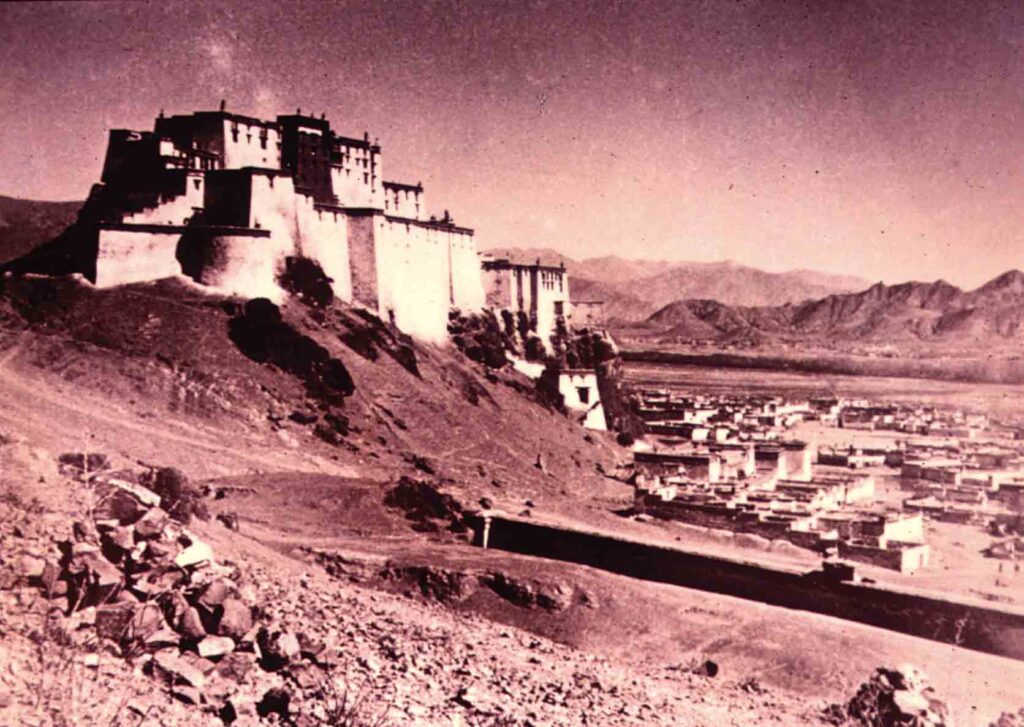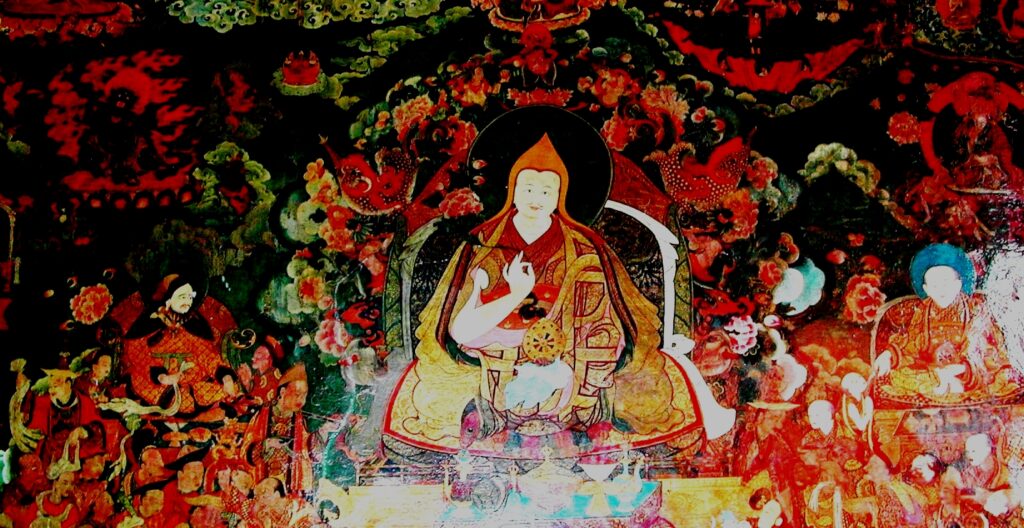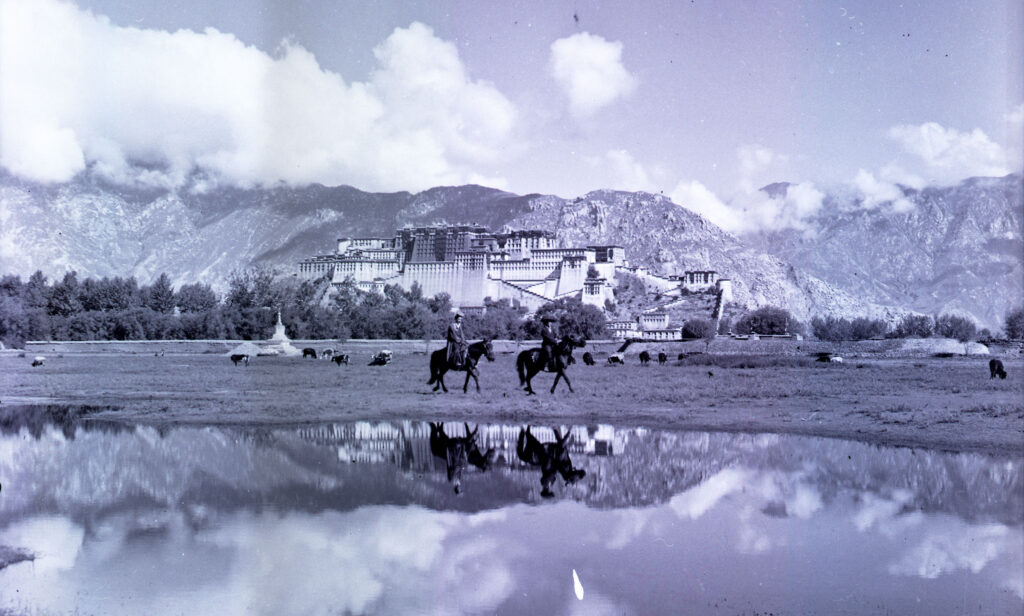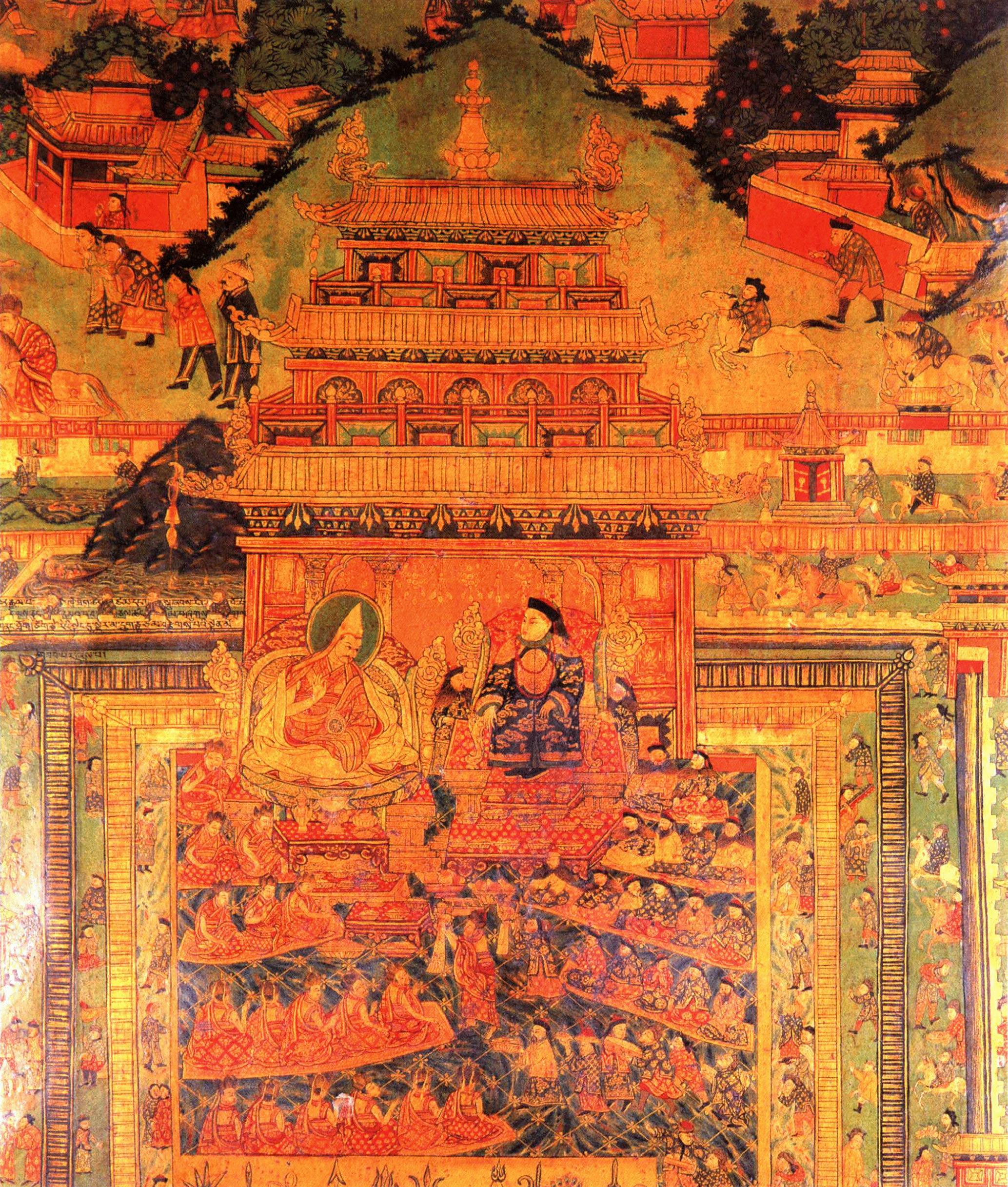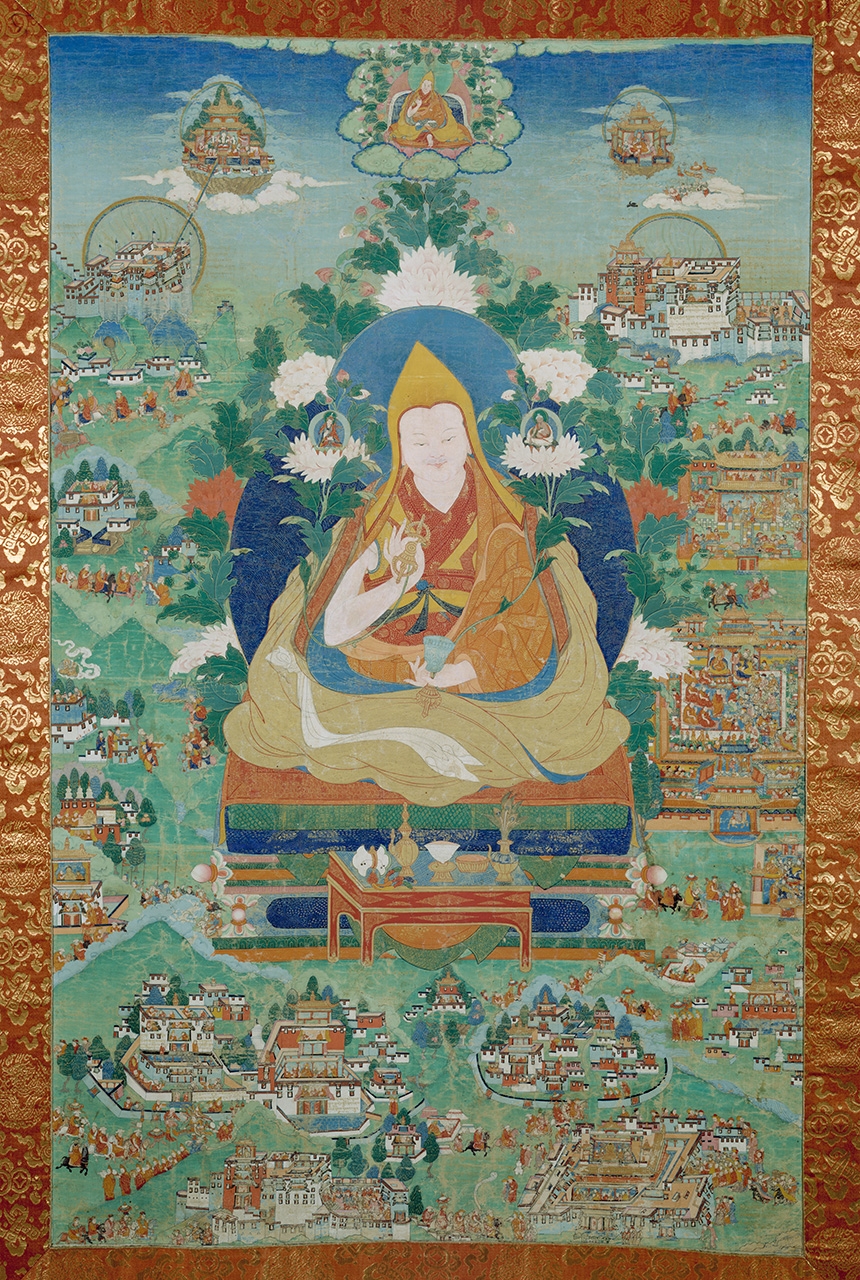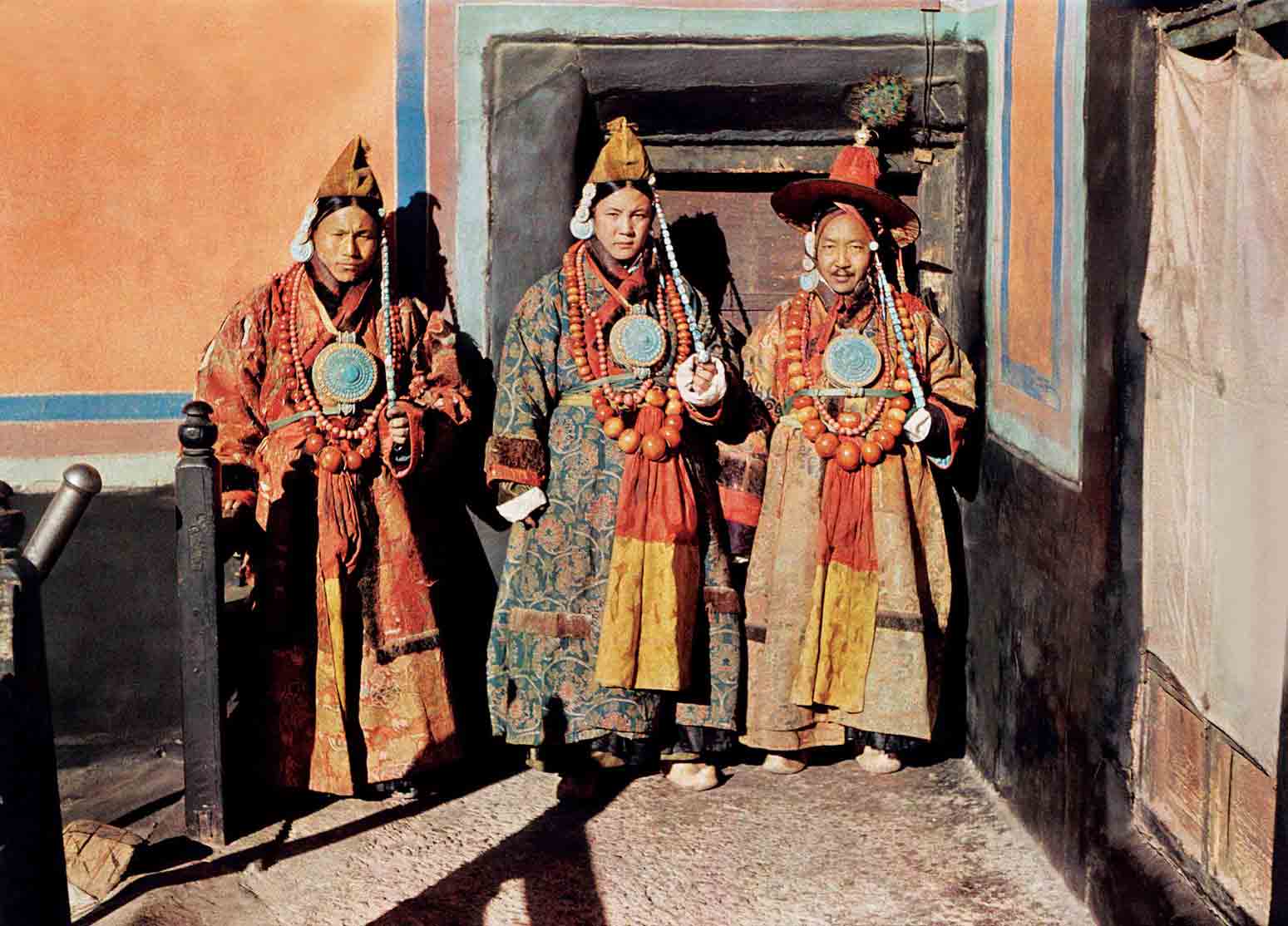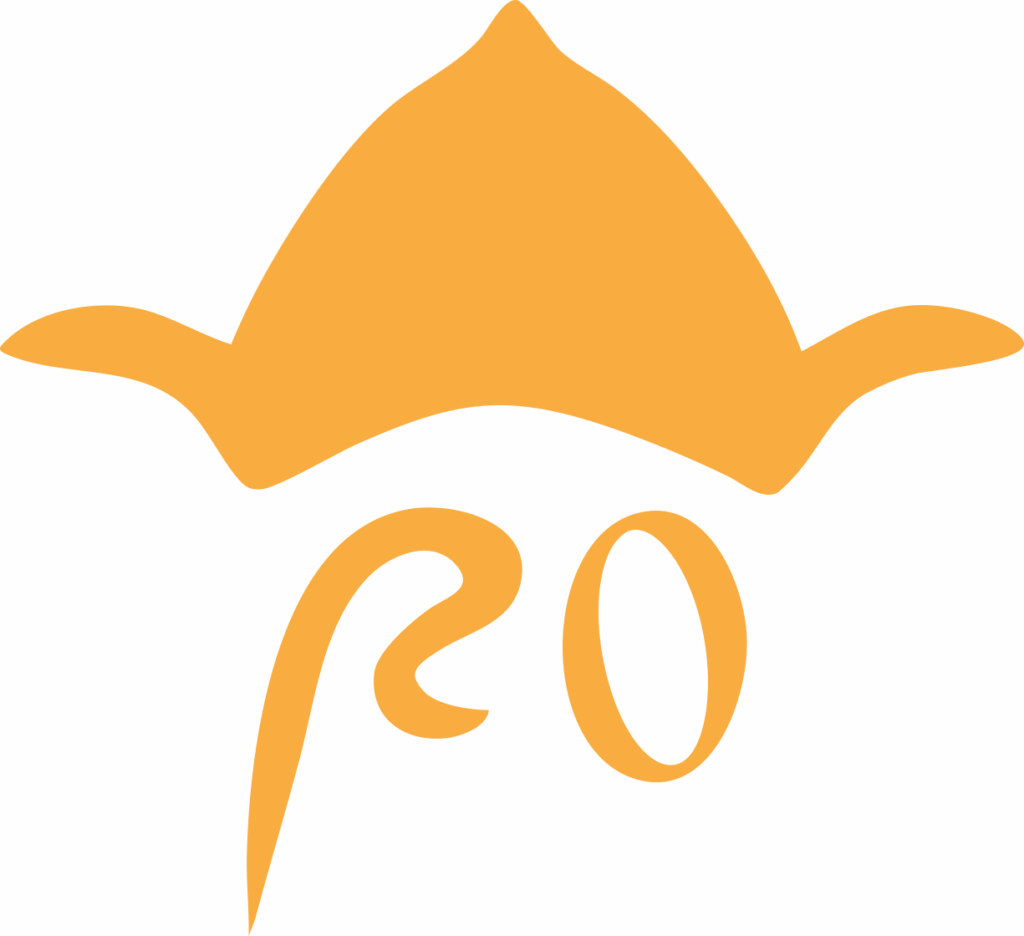

The Fifth Dalai Lama – Ngawang Lobsang Gyatso (1617–1682)
Among Tibet’s revered leaders, the Fifth Dalai Lama, Ngawang Lobsang Gyatso, stands out as a visionary who shaped Tibet’s spiritual and political future. He was the first Dalai Lama to unify religious and temporal authority, ushering in a new era in Tibetan governance.
Born in 1617 in Chongye, southern Tibet, to Dudul Rabten and Kunga Lhanzi, he was recognized early as the reincarnation of the Fourth Dalai Lama. He entered monkhood at Drepung Monastery under the guidance of the Third Panchen Lama, Lobsang Chökyi Gyaltsen, receiving the name Ngawang Lobsang Gyatso.
By the time of his enthronement in 1638, Tibet faced considerable political unrest. In 1642, Gushri Khan of the Qoshot Mongols defeated rival factions and handed authority to the Fifth Dalai Lama, who was formally installed as head of state in Shigatse’s Samdrubtse Palace. There, he established the Gaden Phodrang government, a centralized system that harmonized spiritual leadership with secular governance—Tibet’s first such model since the time of the Religious Kings.
In 1645, he commissioned the construction of the Potala Palace atop Lhasa’s Red Hill, the site of King Songtsen Gampo’s former fortress. Though completed after his death, the Potala became the seat of the Dalai Lamas and the center of Tibetan government, symbolizing the fusion of spiritual and political authority.
The Fifth Dalai Lama was also a skilled diplomat. In 1652, he made a historic journey to Beijing to meet the Qing Emperor Shunzhi. Their meeting, held on equal terms, affirmed the Dalai Lama’s sovereign status and strengthened Tibet’s diplomatic presence in the region. The emperor recognized his moral authority and sought his help in managing Mongol affairs.
Before his death in 1682 at age 65, the Fifth Dalai Lama entrusted his regent, Desi Sangye Gyatso, to complete the Potala Palace and keep his death secret until its construction was finished—ensuring continuity in Tibetan leadership and legacy.
His contributions defined the institution of the Dalai Lama for generations to come.
